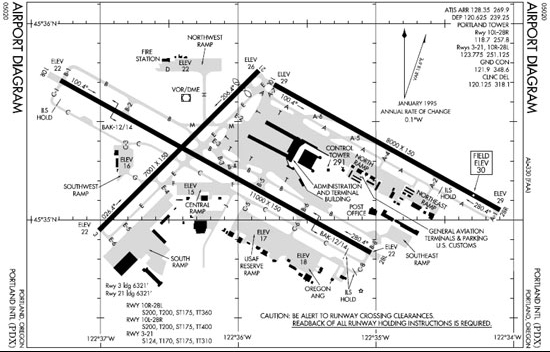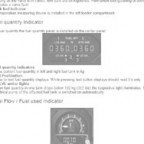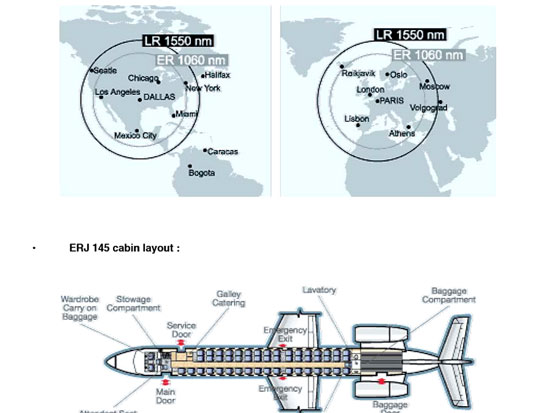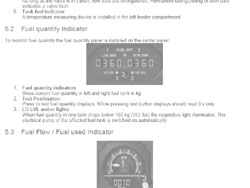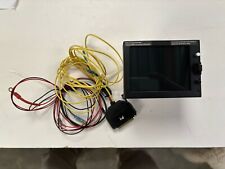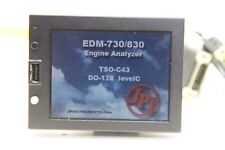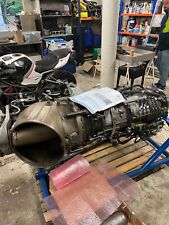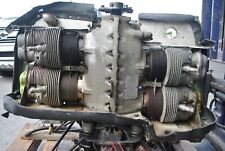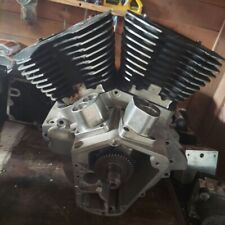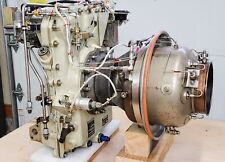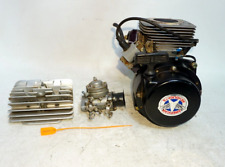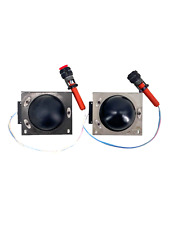As was the case with the ERJ-145, the heart of the ATR is the Multifunction Control Display Unit (MCDU) otherwise known as the Flight Management System/Computer (FMS or FMC). The FMC in the Flight1 ATR is astounding. It does it all. Actually it does way more than I’m even capable of understanding, but suffice it to say it is an impressive piece of gear. Thankfully the documentation contains very clear instructions on how to program the FMC and soon I was typing away like a scalded monkey (whatever that means). The winds at Portland (190 @ 14kts.) are favoring runway 21 so I program that into the FMC and follow that up with a bunch of other data including entering our route.
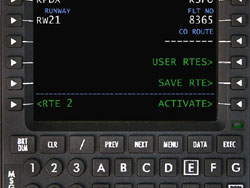 |
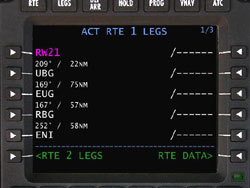 |
After accomplishing a few other tasks the FO hands me the takeoff data card which has our specific weight and load derived speeds on it. I adjust the airspeed bugs on my airspeed indicator accordingly. An interesting thing I never knew about the ATR is that you can start the right engine in what is called “HOTEL mode” with a prop brake on so that the engine is running and able to provide electrical power, but the propeller remains fixed (a much safer mode for extended ground operations). The FO and I go through the process of starting the right engine in “HOTEL” mode. In the meantime the FA buzzes me and tells me the passengers are loaded up and the doors are shut. I respond (almost every communication, as in real life, requires a response) and prepare to start the left engine. One nice feature of the ATR panels is that most of the critical portions of the panel pop-up to larger sizes. This is taken to the extreme for the engine gauges and center panel which has a dedicated full screen view that is very convenient for engine starts and monitoring systems.
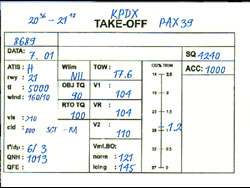 |
 |
While there is a brief break in the action I set up the flight director for the departure. I select the “go-around” mode so that I have a climb pitch attitude on the flight director and set the heading bug and altitude pre-select to the appropriate headings for the Portland 5 departure (runway heading and 5000’).
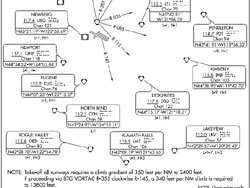 |
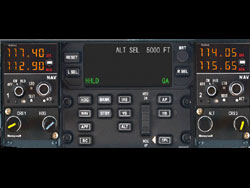 |
While I’m looking over the departure we call the ground crew and tell them we are preparing to start our left engine. They clear us to do so and I watch in wonder as the FS2Crew FO goes through the process automatically, requiring nothing but callouts from me to confirm the start is proceeding normally. Another item on the checklist is to check my oxygen mask.
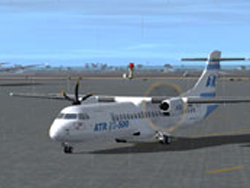 |
 |

